- europages
- >
- COMPANIES - SUPPLIERS - SERVICE PROVIDERS
- >
- natural dyes- nonfood
Results for
Natural dyes- nonfood - Import export
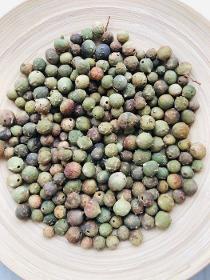
THEMAZI
Turkey
Gallnuts from the oak tree are the earliest and richest source for natural tannin. They are produced by insects who deposit their eggs in small punctures they make on young branches. As a protection, the tree excretes a tannin-rich substance that hardens and forms into a gallnut. These are collected and ground for use as a tannin mordant. Gallnut or Oak Gall is used to mordant cellulose fibers and fabrics before the alum mordant is used. Alum does not combine as readily with cellulose fibers as it does with protein fibers. Tannin has a great affinity with cellulose fiber and once mordanted with tannin, alum combines well with the tannin-fiber complex. Oak Gallnuts is abnormal outgrowths of plant tissues caused by various parasites, particularly insects. Oak galls, found on oaks in the Middle East, have long been used to make high-quality ink and for dyeing. The tannic acid is perfect for the pre-treatment of cellulosic vegetable fibers.
Request for a quote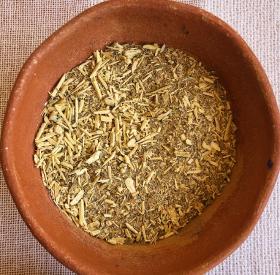
THEMAZI
Turkey
Weld Powder | Reseda Luteola L.| Dyers Rocket | Mignonette | Gaude | Yellow Color Natural Dyestuff | Weld is a biannual dye plant and it creates amazing yellow dyeing. Weld is native in Western Asia and the Mediterranean area it produces an excellent light yellow and wash fast yellow. It is a strong clear yellow to combine with indigo for emerald and leaf greens. The dye plant is cultivated in many countries now for yellow dyeing. Weld was used in ancient times as a dye plant for textile, painting, fresco, etc. Please use nearly between 3% to 5% WOF according to the destiny of shade you like. To mordant protein-based fiber (wool, hair, fur, and silk) please use with alum 15% WOF. For cellulose fiber pre mordant with oak gall tannin. Colors Obtained: According to the dying recipe; yellow and yellow shades. Component of Weld Dye: flavonoid luteolin
Request for a quote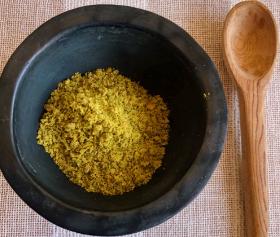
THEMAZI
Turkey
Buckthorn Powder The buckthorn plant has been used since the period of the Hittites in Anatolia. From the dyes present in the berries of the buckthorn, yellow, green, beige, and khaki colors can be obtained using various mordants such as alum, bluestone, sulfuric acid, common salt, bichromate, lime and tin salts. Its also called sea buckthorn. The insignificant greenish-yellow flowers produce berries that long remain green and then finally turn brown or black Rhamnus petiolaris is endemic to Central Anatolia, where it grows on rocky soil at altitudes between 3,300 and 8,300 feet, now often wilder than the earlier plantations. You can use buckthorn for bot for mordanting: WOF 13-15% for protein fibers and 7-9% for cellulose fabric. According to the dye recipe; orange-yellow, olive green, khaki, bright yellow. Title: Buckthorn Powder | Anatolian Buckthorn| Persian Berries | Rhamnus Petiolaris Boiss | Sea Buckthorn | Natural Dye
Request for a quote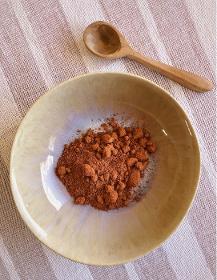
THEMAZI
Turkey
Its homeland is the Mediterranean region. It is also grown a lot in the Western and Central Anatolian regions. The paint prepared with Alizarin and Parparin materials obtained from the roots of the species is known in the world as Turkish red, Rubia Tinctorum. It is known to be the first plant used in yarn dyeing. Now you can buy madder from Turkey directly. It is a plant that grows on perennial and fertile soil with rhizostome 1 to 2 meters tall. The plant, which grows in the summer, has pale yellow flowers. In winter, the flowers of the plant are poured, but in spring they reopen. Its leaves are 4 to 6 pieces, circular from the same knuckle. The most likely homeland of foot boat is Anatolia. But it seems to have spread naturally to the Caucasus, Iran, Central West Asia, and the Himalayas. The most important dye plant for red color, the root boot has been cultivated for centuries.
Request for a quote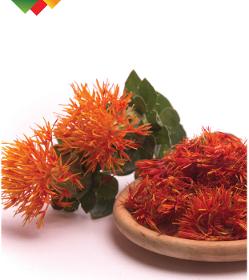
ROHA EUROPE SL
Spain
Carthamus Straight from the Mediterranean, Europe, and USA, this colorant, extracted from carthamus tinctorius, also known as safflower, is completely natural and continues our clean label commitment. Carthamus Extract provides shades of yellow to orangish yellow when used alone, or can provide a variety of red shades when blended with Paprika or Anthocyanins and Green when combined with Spirulina. Such is the versatility of Carthamus Applications: Carthamus is the perfect choice for your confectionery, beverage, bakery, dairy, or meat application
Request for a quoteDo you sell or make similar products?
Sign up to europages and have your products listed
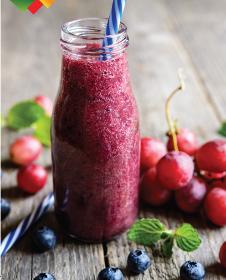
ROHA EUROPE SL
Spain
Anthocyanin Anthocyanins are extracted from many fruits and vegetables and can provide a wide range of shades or colours in different applications. These water soluble pigments can be free form or acylated which can improve pigment stability and modify the shade. Careful blending of different anythocyanins can provide unique and interesting colours. Anthocyanin is extracted from fruits and vegetables, like Grape Skin, Elderberry, Red Cabbage, Red Radish, Purple Corn, Purple Sweet Potato, Purple Carrot Applications: Beverages, Preserves, Jams and Jellies, Confectionery, Prepared Food, Bakery
Request for a quote
ASCOT INTERNATIONAL
United Kingdom
We love colour and have a wide variety of raw colours available in our portfolio to help you achieve the perfect shade for a great hair day! We currently have the following beautiful base ingredients: Basic Red 51 Basic Orange 31 Basic Violet 16 Basic Yellow 87 HC Blue 2, 7, 11 & 15 HC Orange 1 HC Red 1 & 3 HC Yellow 2, 4, 5, & 7 To name a few! We source the best quality ingredients to enhance your product and help you achieve the perfect shade. Can't see the base ingredient you are looking for, give us a call and let us illuminate your spectrum!
Request for a quoteResults for
Natural dyes- nonfood - Import exportNumber of results
8 ProductsCountries
Company type